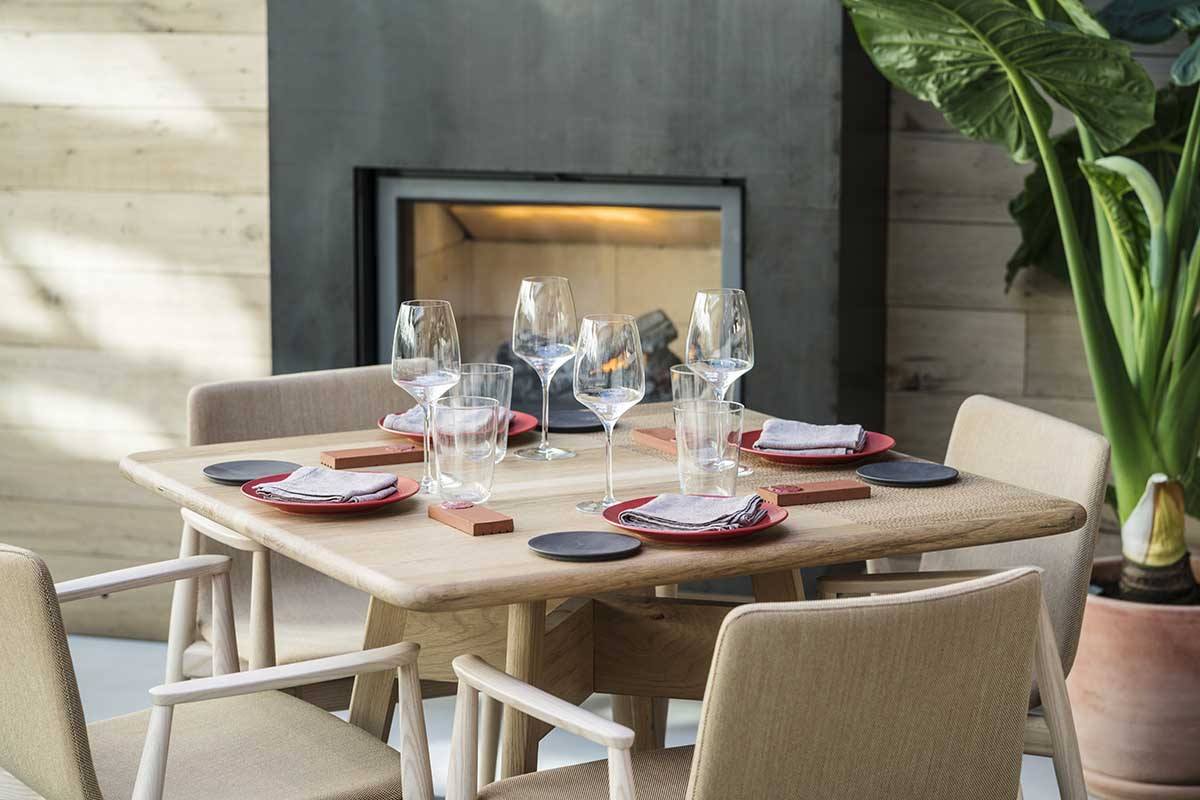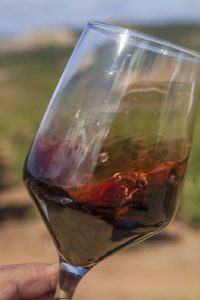Today we are going to broach a subject that is seen slightly negatively by people who see wine lovers as a little snobbish, none other than the type of glass to use for each type of wine.
You can, of course, take it to the limits with a glass for every major grape variety (ok, so there isn’t one designed specifically for the Carrasquín grape variety from Asturias, although that would be great, but there is one designed for Chardonnay, Sauvignon Blanc and Merlot). But, we are going to simplify things a little by defining a glass for the key styles of wine (white, red, rosé, sparkling, fortified and sweet.)
And that’s because we can assure you that the taste of a wine does vary wildly from one glass to the next.

Before starting to discuss the styles, we need to talk about brands, because the first thing you should look for on the foot of the glass is the – usually faint, but visible – name of the glass manufacturer.
Two of the most common names in the sector are the Austrian producers Riedel and the German Schott Zwiesel. There are other companies as well, but if you don’t see any brand on the aforementioned base of the glass…you can’t expect the glass to be of good quality.
Of course, they must, always, be transparent, no coloured or patterned glasses, and as fine as possible.
Other factor to consider when picking it up is that your hand should never be in contact with the curved part of the glass (the bowl), as your body heat will warm up the liquid. Not to mention the fact that it doesn’t look very nice.
You should hold firmly by the stem or foot. This is the only thing that is optional.
Let’s continue to talk about the glass itself.
The best thing would be to have one for white and rosé wines, another for un-oaked reds, a third for more venerable red wines in terms of age and pretensions, a fourth for sparkling wines and a fifth for sweet and fortified wines.
Saying thi s, you only really need two to be able to enjoy any type of wine. The selected types would be the Burgundy (rounded with a long stem) and the Bordeaux (similar in terms of stem but with straighter sides.)
s, you only really need two to be able to enjoy any type of wine. The selected types would be the Burgundy (rounded with a long stem) and the Bordeaux (similar in terms of stem but with straighter sides.)
This duo would allow you to tackle any type of wine, it’s not ideal, but after all, this is a blog about wine rather than glassware, and you don’t want to spend so much on glasses that you don’t have any money left for the wine to put in them.
However, we should point out, for the more curious and particular among you, that white wine glasses are similar to Bordeaux glasses but a little smaller.
Usually this wine needs less oxygenation and more concentration of aromas, hence the reduction in size from the bowl to the rim.
More has been written about the right recipient for drinking sparkling wine than for almost any other type.
Happily, it is now hardly used at all, but it is not completely strange to see, above all in classic Hollywood films, Champagne being drunk out of «coupes» or «Marie Antoinette» glasses. This immediately marks the drinker out as a less than serious consumer.
But the flute glass is not ideal either, as this type of glass leaves us very little space to swirl the liquid without spilling it, or to introduce our nose far enough to smell it.
They are suitable for a fairly stylish social get-together but not for a professional tasting.
Don’t be surprised, but the ideal glass is also very much like the Bordeaux glass, but with a narrower rim, less straight, more «diamond» shaped. This is the perfect glass.
Oh! And don’t be afraid to swirl a sparkling wine, the important thing is that the bubble bursts in your mouth, not in the glass. Besides the fact that it is extremely hypnotic to watch.
And if you are still with me at this point, we should also note that, beyond tradition, the small «Sherry or Port glass» is not much use for tasting Sherry or other fortified or sweet wines (Port, Sauternes, Recioto della Valpolicella… etc.) with the glass described for sparkling wines being much better or directly, here as is, the ever-present Bordeaux glass.
Therefore, and to give a useful round-up, the Bordeaux glass is the most versatile of all, and works for almost any wine, although it would be good to have a Burgundy glass as well (for aged wines, for example.)
So with six glasses from each of these French regions you have no excuse for not tackling any liquid made from the fermentation of grapes.
Responsible: GRUPO OSBORNE S.A.
Purpose: Attention of consultations and sending information.
Rights and additional information: You can exercise your rights regarding the processing of data and obtain additional information in the privacy policy of our website.
